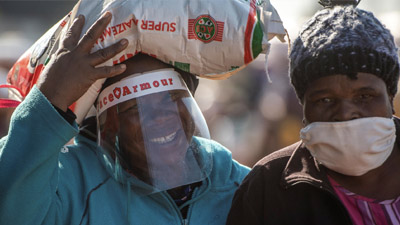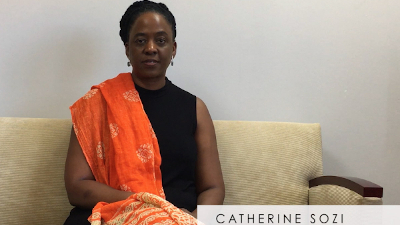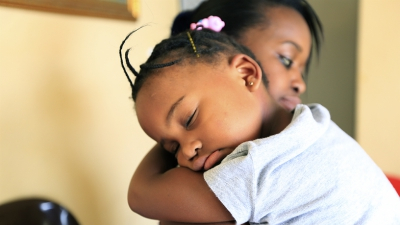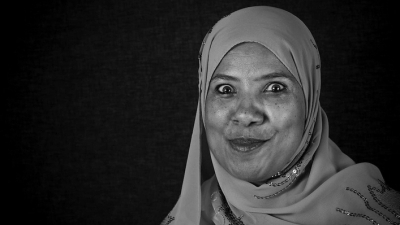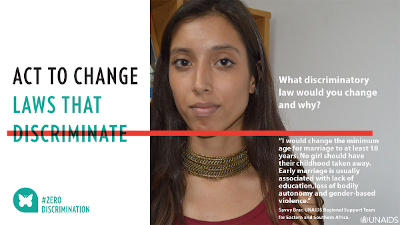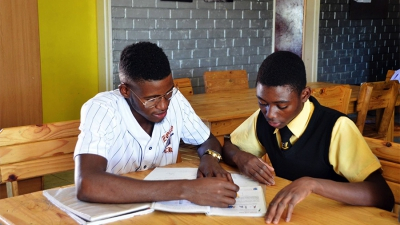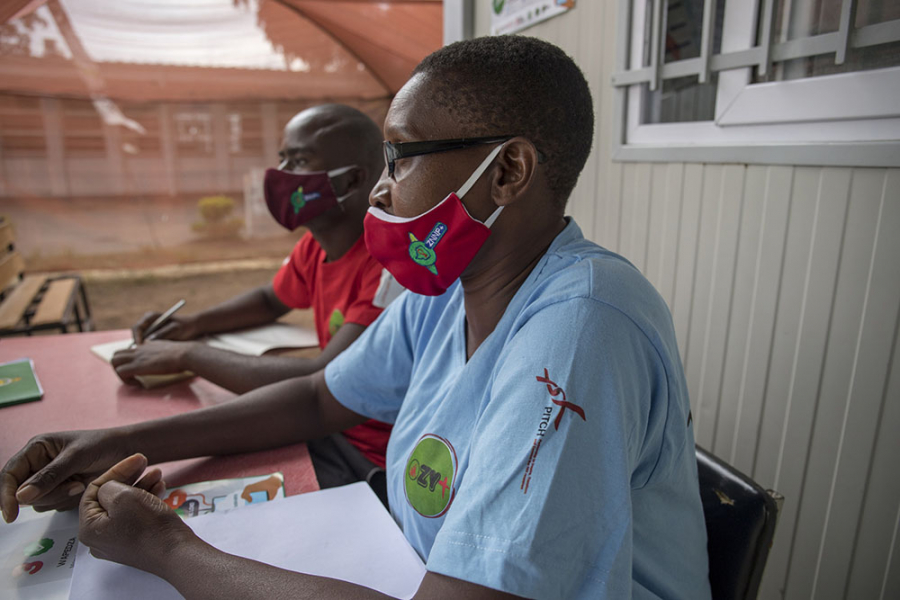The country has done well on the UNaids 90–90–90 treatment targets, with 92% of people living with HIV knowing their HIV status. Of those people, 71% are on HIV treatment; and of those people on treatment, 92% are virally suppressed and cannot pass on the virus.
Globally, 81% of people living with HIV knew their HIV status, and among those people, 82% were on treatment – more than 25 million people – and 88% of those on treatment had achieved viral suppression.
But Covid-19 has had the greatest impact on South Africa’s biggest gap: we are 15 percentage points below the target to get people on treatment. The lockdown has had a great impact on HIV testing and getting new people onto HIV treatment.
Still, new HIV infections have declined from 420 000 in 2010 to 200 000 in 2019, and Aids-related deaths have declined from 180 000 in 2010 to 72 000 in 2019, which are 51% and 60% reductions respectively.
But we know that Covid-related restrictions are having a disproportionate impact on our most vulnerable communities. Among our challenges is that 150 adolescent girls and young women are infected each day.
HIV incidence in South Africa among female sex workers is more than seven times that of adult women, and even more than four times that of adolescent girls and young women. Among gay, bisexual and other men who have sex with men, the incidence is six times more than adult men.
The UNaids report, “World Aids Day Report, Prevailing Against Pandemics by Putting People at the centre”, points to a general drop in testing, meaning efforts to diagnose new HIV infections and initiate treatment is being undermined.
Yet the challenge of Covid-19 need not derail our efforts. We can get back on track by using the lessons learnt from the Aids response.
This includes the effectiveness of people-centred responses that start by tailoring services to reach those who need them the most. It means a holistic approach to address the wider challenges faced by people living with HIV, as well as those at high risk of HIV infection.
We know that communities best understand their own needs, possess the passion and insights that underlie effective advocacy, policy development and service design, and have the motivation to ensure accountability. When communities lead in design and delivery of such services, we minimise the hurdles to success.
There are many lessons we have learnt from our HIV response that can be used in our fight against Covid-19. The most important lesson is that to end Aids and Covid-19, we must end inequality. And it starts with ensuring that we put community responses first when we build back better.
Mugabe is UNaids Country Director for South Africa
Resources
Special Initiatives
1 March 2021
Communities essential to pandemic responses
BY MBULAWA MUGABE
WHEN Covid-19 first hit Africa’s shores, there were real concerns that an additional 500 000 people could die from Aids-related causes, including tuberculosis (TB), in sub-Saharan Africa in 2020-21.
Innovative measures, community responses and adherence to World Health Organization guidelines to maintain essential services amid the pandemic, among others, have mitigated this impact.
Indeed, this month South Africa can celebrate good progress in its Aids response. Of the 7.6 million people living with HIV in South Africa, 5.3 million are on life-saving HIV treatment.
Copyright ©
2025
UNAIDS

